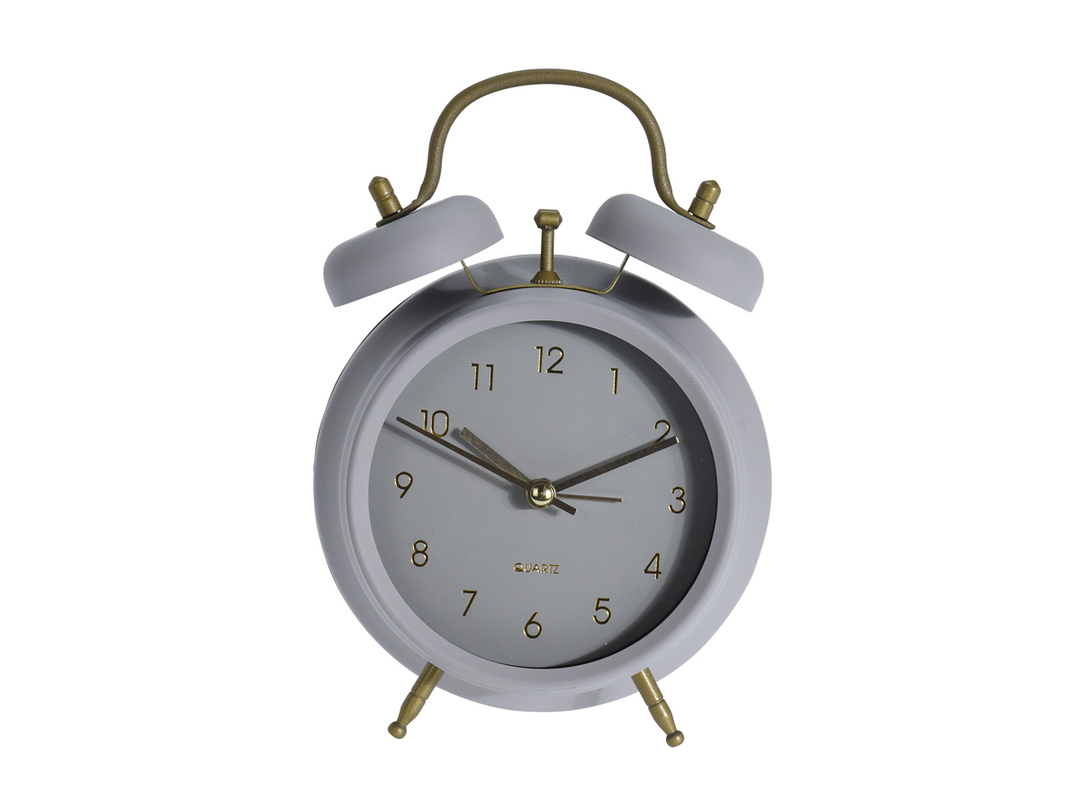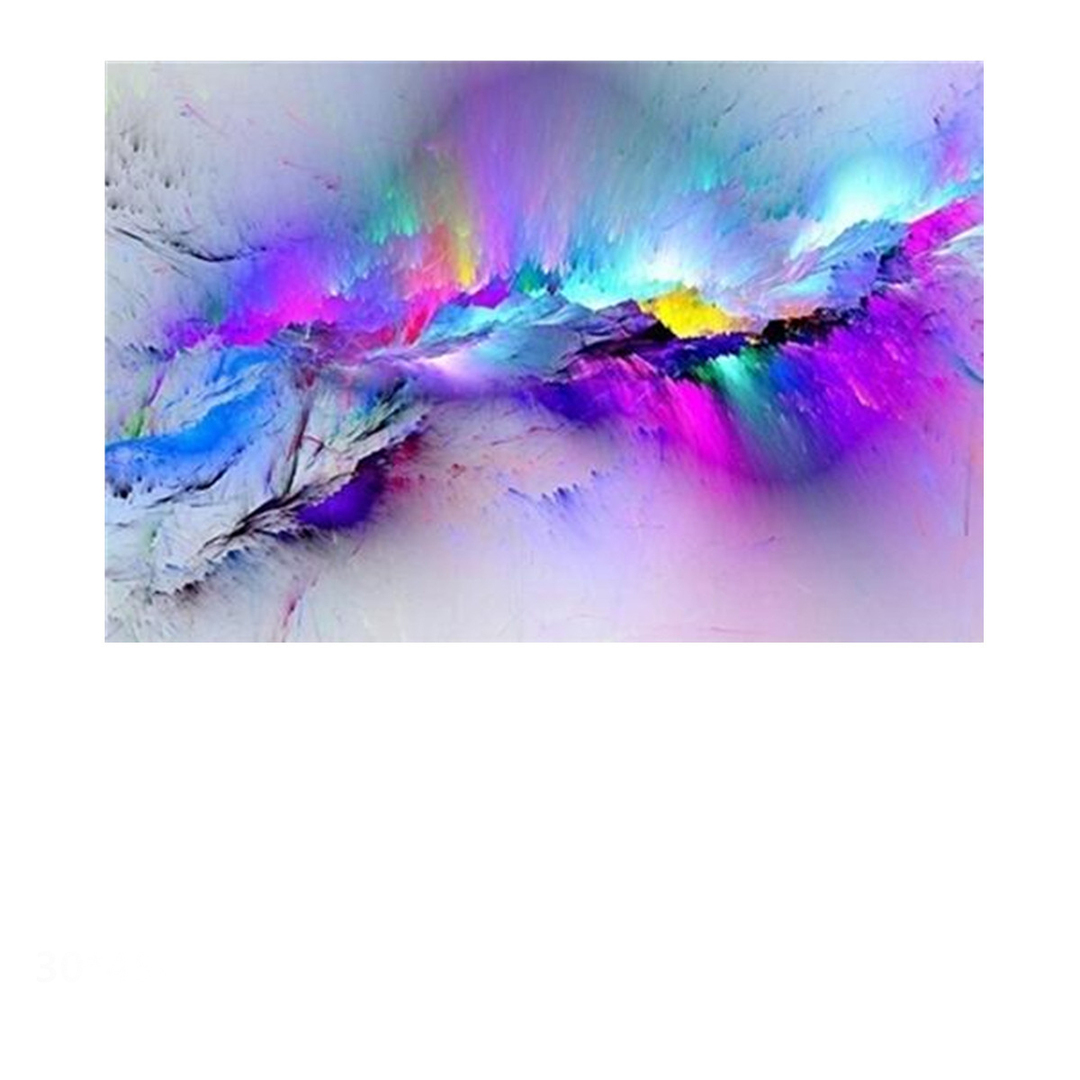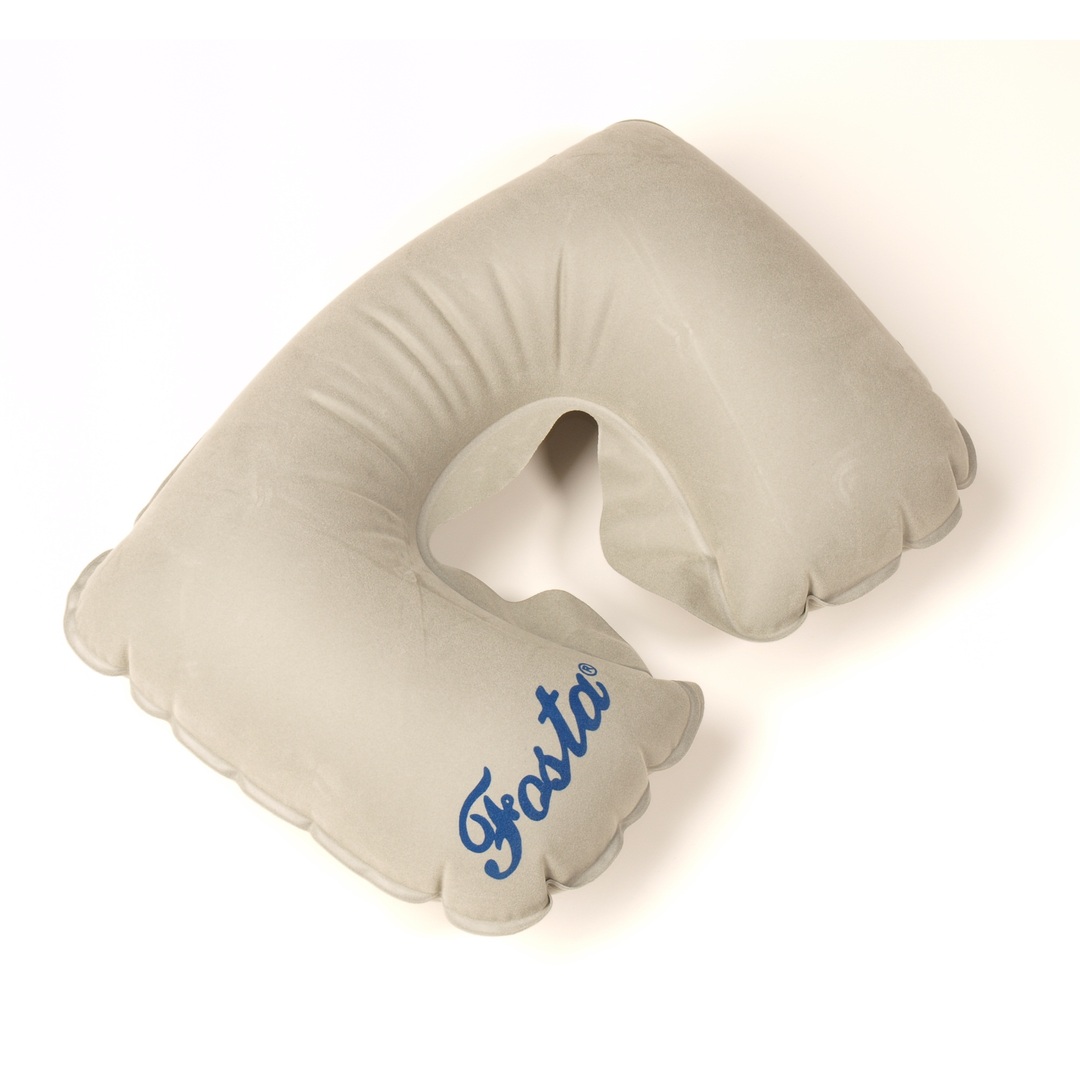- Contents:
- Some history and facts about the production
- Manufacturing technology
- Description
- Application
- Types of polyester
- Properties, advantages and disadvantages
In almost every thing we buy today in the store, we see on the label a greater or lesser percentage of polyester in the composition. And some things are made from 100% fiber of this type. Therefore, it is not surprising that everyone has a natural question: what kind of fabric is polyester, how convenient is it, practical, safe. The answers to all these questions, as well as many other useful information about the polyester material, you will get from this article.
to the contents ↑A bit of history and facts about the production of
Polyester industrial production was established during the period of active technogenic development - the middle of the last century. It was at that time that the first models of a fabric made on the basis of oil, coal, acids and alcohols appeared, through their specific processing and addition of water and air. Proceeding from this, it becomes clear that the polyester fabric is an artificial canvas.
In the future, the manufacturing technology has been significantly improved, including manufacturers have learned to combine such fibers with threads of natural fabrics. The result was not long in coming - there was a possible rapid mass production of various types of this textile, used for interior decorating as well as for sewing different types of clothing.
Important! To understand what polyester fabric is and how popular it is, 1 fact is enough: in Germany alone, in 2013 almost 200 thousand tons of canvas were produced.
to the table of contents ↑Manufacturing technology
Polyester is produced by the technology of thermal exposure. Raw materials are heated, due to which it melts. From this mass pull the spinning fibers, push through special templates with the finest holes.
Due to this, the structure of the shape and arrangement of the fibers can be different - triangular, round, oval. This determines the density and texture of the fabric at the output.
What kind of polyester fabric is the result? It can be:
- transparent thin lace fabric;
- shiny solid matter;
- is a rigid fabric with a light cushioning effect and insulating properties.
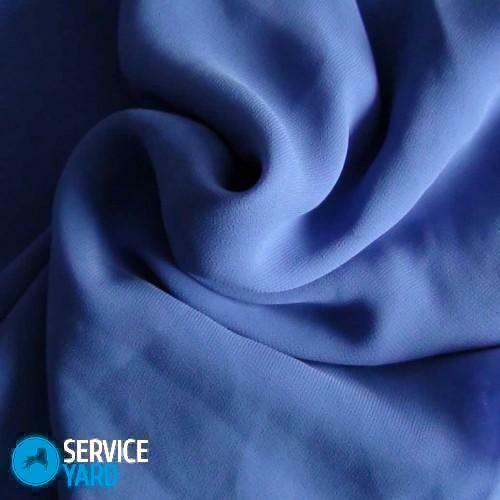
Important! At the end of the treatment, the fibers are dyed and structured. Therefore, we can see models of the canvas with an amazing wavy effect.
to the contents ↑Description
Most likely, now you understand, polyester - what kind of material, but add some more descriptive information to get the most clear view.
With tactile sensation, this type of fabric is similar to cotton. On the properties - something even reminiscent of silk, because it has an excellent cooling effect. Depending on the specific manufacturing technology, manufacturers invent real masterpieces with imitation of almost any natural fabric.
to the contents ↑Application
What kind of fabric is polyester? Is it really a miracle canvas of universal purpose? Almost yes.
To date, this material produces:
- skirts;
- fashionable trouser suits;
- dresses;
- jackets;
- coat;
- bed linen;
- curtains, tulle;
- shirts;
- blouses;
- network;
- ropes;
- upholstery for upholstered furniture.
Important!100% polyester - what kind of fabric, easy to understand. A vivid example of such material is the veil, tulle, organza, which are used both for tailoring and for making decorative textiles for the interior.
to the contents ↑Types of polyester
To date, there are many varieties of polyester. Therefore, the classification is carried out according to 2 principles:
- type of raw materials in the basis;
- combination with other fibers.
Type of raw material in the base
Material polyester by type of raw material in the basis of 2 types:
- PET - is made from ethylene extracted from oil. In the finished form, the canvases are characterized by high strength, stability of form.
- PCDT - the question is relevant here, polyester - the fabric stretches or not, and the answer to it will be affirmative. High elasticity in combination with elasticity provides high wear resistance and breadth of application directions. The basis of this material is a condensate of terephthalic acid.
Combination of
fibers In order to improve the initial properties of polyester, manufacturers use a variety of technologies to combine with natural yarns.
Important! The percentage ratio can be different, depending on the desired result and the price category of the material.
Possible options:
- Fabric cotton-polyester. Due to this combination, the shortcomings of natural fiber are completely eliminated. For sale are available such fabrics with the following characteristics: excellent hygroscopicity, strength, pleasantness to touch, resistance to stretching, color burnout. Clothing, sewn from cotton-polyester fabric in a percentage of 65/35, is very wear-resistant. This fact is very important for sewing bed linen, which remains not sliding, not subject to loss of its size, shape, crease. And after washing such products dry twice as fast.
- Viscose-polyester. This kind of material is also hygroscopic, stable, resistant to color change and stretching. From such a cloth is very comfortable clothes for work and leisure. Especially popular is the option from the percentage of viscose to polyester 30 to 70.
- Wool plus polyester. Due to the inclusion of synthetic fibers in the composition of delicate woolen fabrics, the problem of stretching, deformation of products is solved. In addition, they dry much faster, do not wear out so quickly. And what is still very important - a mole does not welcome such a fabric. In appearance, the combined polyester wool composition is almost impossible to distinguish from natural fabric.
- Polyester with polyamide. This is a purely synthetic material that is highly elastic, elastic, not subject to wear and retains its color for a very long time. The structure, to touch such a canvas like silk, due to which it is popular as a basis for making underwear. Moisture of such material does not absorb and can sometimes be electrified.
- Spandex with polyester. This combination makes it possible to obtain an extremely elastic, tear-resistant material. Therefore, it is used for the manufacture of hosiery, sporting products, gloves. In this case, the answer to the question whether polyester - stretches or not, will also be affirmative. Properties - air permeability, low density, high elasticity.
to the contents ↑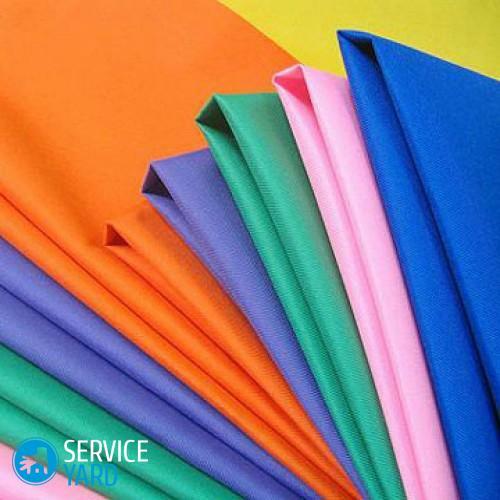
Properties, advantages and disadvantages of
If you assemble all kinds of materials based on polyester and try to identify properties common to all fabrics and dignities, they will be as follows:
- perfectly smooth, pleasant to touch, surface;
- a rich palette of colors, textures, textures;
- high wear resistance;
- light weight;
- non-adherence to deformation, stretching, appearance of creases;
- reasonable cost;
- fast drying speed;
- thermal insulation - some materials;
- hygroscopicity.
Important! No less important is the simple care for such clothes and any products. You can wash fabric polyester at temperatures up to 40 C - both manually and in a washing machine. No thorough drying, ironing and drying is required. Everything is smoothed and dried naturally.
As a disadvantage, it can be noted that fully synthetic materials can produce static electricity, and coloration is possible only superficial, since the dye does not penetrate into the fiber structure.
Now that you have read the information in this review, you have a complete idea of what kind of polyester material is, what they are used for and what results. We hope that you could appreciate all its advantageous aspects and now the marking on textiles about including it in the structure will not alarm you.

